Taiwanese gangsters fight against giants

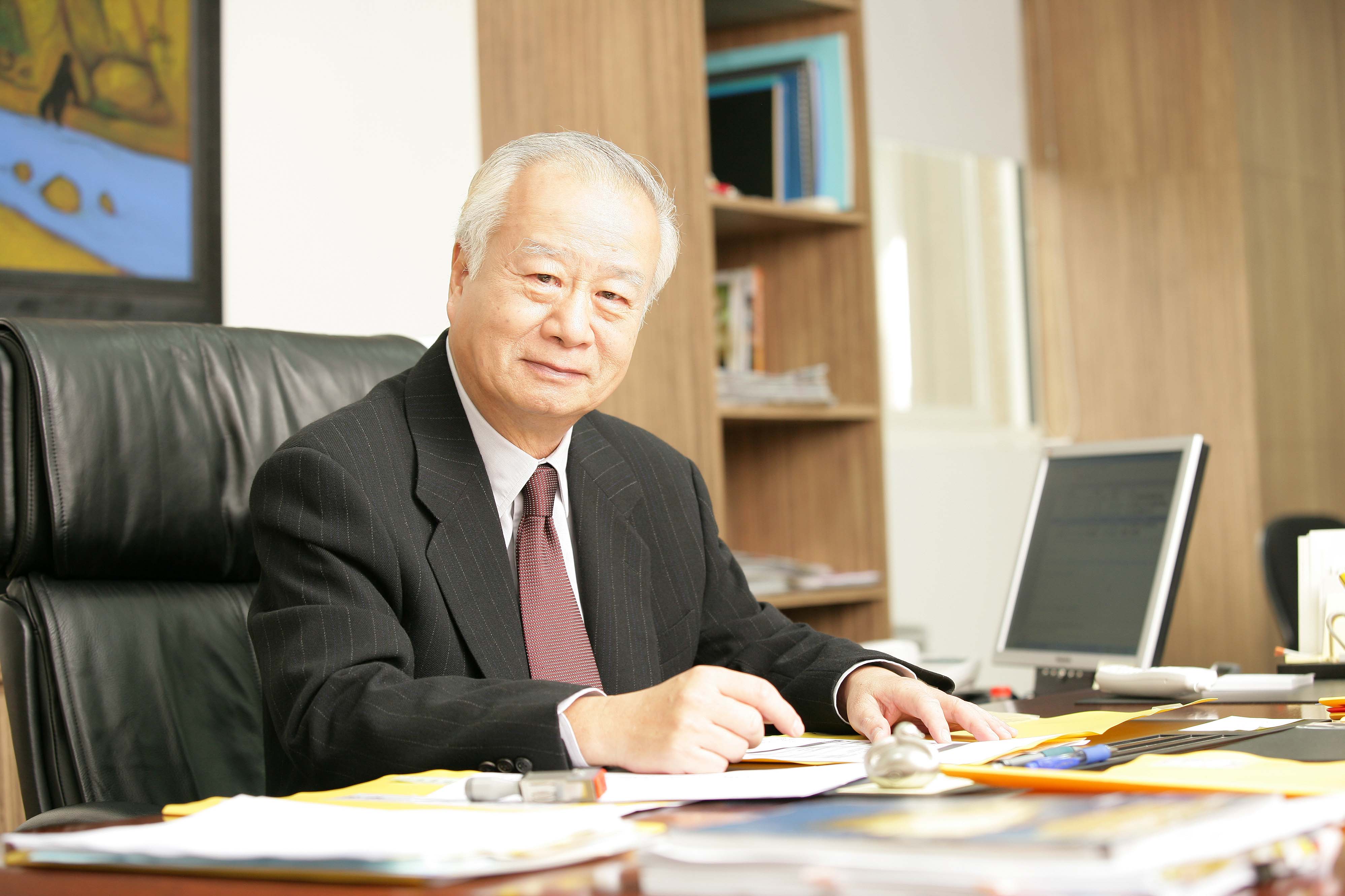 In the bustling corner of Zhonghe City, Taipei County, Taiwan, lies a seemingly inconspicuous five-story apartment building, harboring the world's top miracle. The company residing within is called Sinox, the world's largest combination lock company, producing 12 million locks annually, with revenues of seven hundred million and profit margins ranging from fifteen to twenty percent. At half past ten in the morning, trucks below the Sinox Company are rushing shipments, while the 3D computer screen on the third floor's research department displays the appearance of new products. A researcher is dismantling the internal parts of a lock, and intermittent banging sounds emanate from the fourth-floor production department, where product strength tests are conducted. The whiteboard beside the production line displays a curve chart of daily product defect rates, which was only 0.2% the previous day. "We are a little sparrow, but we have all the vital organs," said Dr. C.K.Ling, a 68-year-old aerospace doctor from the United States and chairman of Compete, directly and straightforwardly. He is a descendant of the Ling family in Wufeng, with neatly groomed white hair, wearing a well-fitted suit. He speaks fluent and elegant Minnan dialect, exuding an elegant gentleman style and solemn demeanor. Dr. C.K.Ling, deeply devoted to the lock world, visited a Swiss suitcase lock factory twenty-five years ago when he first started his business. He saw that the workplace was very clean, and the workers wore white overalls, which he considered a benchmark for learning. Twenty years later, many of these international giants he learned from went bankrupt. "I took down several of them," analyzed Dr. C.K.Ling, "because they only knew how to make a single product."
In the bustling corner of Zhonghe City, Taipei County, Taiwan, lies a seemingly inconspicuous five-story apartment building, harboring the world's top miracle. The company residing within is called Sinox, the world's largest combination lock company, producing 12 million locks annually, with revenues of seven hundred million and profit margins ranging from fifteen to twenty percent. At half past ten in the morning, trucks below the Sinox Company are rushing shipments, while the 3D computer screen on the third floor's research department displays the appearance of new products. A researcher is dismantling the internal parts of a lock, and intermittent banging sounds emanate from the fourth-floor production department, where product strength tests are conducted. The whiteboard beside the production line displays a curve chart of daily product defect rates, which was only 0.2% the previous day. "We are a little sparrow, but we have all the vital organs," said Dr. C.K.Ling, a 68-year-old aerospace doctor from the United States and chairman of Compete, directly and straightforwardly. He is a descendant of the Ling family in Wufeng, with neatly groomed white hair, wearing a well-fitted suit. He speaks fluent and elegant Minnan dialect, exuding an elegant gentleman style and solemn demeanor. Dr. C.K.Ling, deeply devoted to the lock world, visited a Swiss suitcase lock factory twenty-five years ago when he first started his business. He saw that the workplace was very clean, and the workers wore white overalls, which he considered a benchmark for learning. Twenty years later, many of these international giants he learned from went bankrupt. "I took down several of them," analyzed Dr. C.K.Ling, "because they only knew how to make a single product."
Sparrow Competes Worldwide
![]()
He pointed out that in the past, major global lock manufacturers only focused on a single product, such as suitcase locks or bicycle locks. However, as the lock market gradually declined, they also fell.
Sinox, on the other hand, continues to develop new products and enter new fields. Over the past twenty-five years, Sinox has developed over a thousand types of locks, with over a hundred new products developed each year. These include traditional suitcase combination locks, locks with compasses, laser pens, alarm functions, as well as locks for laptops, and PDA chargers. These areas range from suitcases, 3C information products, sporting goods, hardware, to gift industries. Suitcase locks used to account for 100% of Sinox's revenue, now only accounting for 10%, while the highest profit margin 3C information products account for 30% of revenue.
"Sinox breaks through every year," exclaimed Chen Ruicheng, a researcher at the Design Center of the Foreign Trade Association.
The key to Sinox's continuous breakthroughs is to transcend the simple function of locks, create new demands, and develop new markets and customers. For example, Compete has made locks into cute and compact decorations, winning the favor of Japanese female students and children, and even becoming gifts given by companies to clients.
Compete also continuously develops new functions for locks as industries change. For example, as information products become smaller and easier to steal, Sinox has developed combination locks for 3C information products. "As long as the product can be moved, we can lock it," said Renny, Sinox's vice chairman.
Sinox's story is a typical example of small and medium-sized enterprises in Taiwan shining on the international stage. Due to the small market size, or even continuous shrinkage, to survive, and even become the world's number one, unique competitive strategies are necessary.
Taiwan's Hidden Giants
![]()
According to "The Innovator's Solution," there's a prevailing innovation strategy among market winners—continual innovation focused solely on existing customers, which often overlooks the disruptive innovation strategies of competitors, such as using low pricing or introducing new products and markets to erode market share.
The author further points out that the best attack strategy for newcomers is to disrupt the market. Disruptive innovation isn't about producing better products for existing customers but rather disrupting the existing market by introducing simpler, more convenient, and cheaper products for less demanding new customers
Compete, by employing disruptive innovation, has overtaken its competitors to become the world's number one. They don't just engage in incremental product innovation but also explore new territories, creating new products and functionalities.
Many traditional Taiwanese companies compete on the world stage using disruptive innovation strategies. Due to industry relocation, unlike in the past where traditional industries had numerous upstream and downstream cooperative factories, these giants now operate as solo players in facing international market giants. They are typically small and medium-sized enterprises with revenue in the range of billions, boasting profit margins of up to 30%. Most of their production bases are in Taiwan, with over twenty years of establishment, accumulating extensive expertise. "There are many such understated Taiwan stories," says Huang Zhongqiu, Director of the Department of Technology at the Ministry of Economic Affairs. For example, Samsung Techwin, the world's largest nut manufacturer, which accounts for 30% of the global market share, transitioned from ordinary nuts to custom-made automotive nuts for the three major US car manufacturers and world-renowned automobile brands.
在台南永康做汽車窗簾、世界第二的皇田工業,全球市佔率一○%,是BMW、賓士的供應商,以成本與速度不斷壓迫世界第一大的BOS。
In Tainan's Yongkang, Emperor Tian Industries, the world's second-largest manufacturer of automotive blinds with a global market share of 10%, supplies to BMW and Mercedes-Benz, exerting continuous cost and speed pressure on the world's largest, BOSS.
In Zuoying, Kaohsiung, with annual revenue of 1.3 billion, Juhua International invented new adhesives to challenge 3M's $2 billion revenue Post-it Notes, capturing a 3% market share.
With annual revenue of $30 million in Taichung City, Xiyuhi Company invented new processes and materials to challenge GORETEX's $3 billion revenue waterproof breathable shoes.
Bao Xiong Fishing Tackle, the world's fourth-largest fishing tackle manufacturer, challenges Japanese brand Shimano in fishing reel spooling.
These 21st-century new Taiwanese firsts have a significantly different success model and management style compared to the stories of Taiwan's previous world leaders in textiles, umbrellas, and footwear.
The first difference lies in knowledge innovation replacing incremental innovation.
HOPAX's Chairman, Guo Congtian, holds a Ph.D. in Chemical Engineering from the University of Missouri, USA. He believes that in the past, technicians merely imitated and made incremental improvements to product functionalities without delving deeper into principles and enhancing R&D capabilities. "Now, knowledge innovation replaces partial technical innovation," he says.
Huang Zhongqiu believes that the characteristic of traditional industries is mature technology and market. To survive and break through, innovation is needed from other aspects such as technology, operations, and services.
The background that drives these small giants to innovate constantly is the pressure from industry relocation and the rise of low-cost competition from China.
The pressure of industry relocation forces these small giants to enhance their vertical technical integration capabilities. They integrate vertically within their factories, from R&D design, mold making, production, to manufacturing. "Quality, speed, and technology can be controlled by ourselves," says Ling Yongqing, Chairman of Emperor Tian Industries, which manufactures automotive blinds.
Chen Ruicheng, a researcher at the Design Center of the Foreign Trade Association, points out that the rise of low-cost competition from China also forces these small giants to uplift themselves through innovative R&D. Innovative R&D requires not only vertical integration of technology but also the integration of expertise from different fields. Samsung Techwin, which manufactures automotive nuts, is an example.
In the past, Samsung had always been the world leader. However, when ordinary nuts became products that any competitor could manufacture, seven or eight years ago, they decided to transition to higher-priced aerospace and automotive products with higher technology.
This transition involves expertise in the aerospace and automotive fields because small nuts play an important role in fastening parts and preventing loosening. Before Samsung decided to transition, researchers began learning about automotive and aerospace knowledge.
In addition to learning the expertise of new fields, Samsung also engages in long-term R&D. Concerning personal safety, before customers place orders, they need to meet drawing design, mass production, and certification conditions. Only when they meet the standards can they be mass-produced, which takes three to five years.
These small giants have also turned from passive to proactive, understanding the importance of protecting intellectual property rights and winning many awards for innovative inventions.
Doctor Black Hand
![]()
For instance, Baixiong Fishing Gear, which manufactures fishing rod spoolers, holds over ten patents and received the Small Giant Award in 2003. With an annual revenue of 110 million, Baixiong boasts an average gross profit margin of 35%, and its proprietary brand OKUMA ranks as the third largest brand in the United States. Baixiong also developed a custom spooler tailored for a new fishing method, "fly fishing," becoming the world leader in this area.
Located in a narrow alley in Taiping City, Taichung County, Baixiong looks as unassuming as its products. However, a good spooler must have braking functions when grappling with fish, withstand temperatures up to 300 degrees Celsius instantly, and prevent fishing lines from breaking. These requirements involve expertise in mechanical and electrical engineering, structural design, and materials science.
Sinox's Chairman, Dr. C.K.Ling, believes that patent protection raises entry barriers, preventing competitors from imitating and engaging in low-cost competition, thus combining defensive and offensive strategies.
Compared to the management style of turning from a craftsman to a boss, these new Taiwan first small giants have a fresh creativity and management style.
In the past, entrepreneurs were mostly craftsmen with low educational backgrounds, but now this group of entrepreneurs are R&D professionals with higher education levels, confident in speech, highly creative, and strategic thinkers.
For example, Dr. C.K.Ling, Chairman of Sinox incorporates creativity into his life rather than laboring away every day. As an aerospace doctor, he enjoys traveling, reading, and shopping, collecting novelty items everywhere, dismantling different products for inspiration, and constantly drawing new ideas from different observations, applying them to product design.
"To have imagination, to think anytime and anywhere, and to use others' ideas for improvement," says Dr. C.K.Ling, who speaks with large gestures and doesn't wear a watch. "I don't want to be restrained." I think, therefore I am.
On the other hand, Wu Shunsheng, the dark-skinned general manager of Samsung Techwin, focuses on digital management and strategy. He graduated from Feng Chia University's Department of Accounting, holds a third dan in chess, and a beginner's level in abacus. He likes to give lectures and interact with different people everywhere. His office whiteboard is filled with densely packed numbers and texts. When discussing ideas, he points out the numbers on the whiteboard with a laser pen or outlines future strategic steps.
"Managing a company is like playing chess, you have to think seven steps ahead," a sign with "THINK" on his desk reads, rather than the title of general manager. Wu Shunsheng believes that his responsibility is to plan future strategies, not to deal with daily trivial matters.
Their work environments are also refreshing, not the traditional greasy and noisy factories. Situated on Zhonggang Road in Taichung City, Xiyouxi, which focuses on shoe R&D and design, has a research department that resembles an art studio, bright and quiet, with employees designing products while looking at 3D computer screens.
As their products are marketed internationally, the management teams of these small giants are also highly internationalized. Zhang Liangren, Chairman of Baixiong Fishing Gear, hired his American English teacher as a business manager. In the past, Baixiong had subcontracted for Europe's largest factory, DAM, and after creating its own brand, Baixiong poached the chief of R&D as the R&D director when the large factory closed due to poor production capacity. Baixiong holds four meetings annually, convening over ten global agents and R&D personnel to discuss future design trends.
In addition to different management styles from the past, they also face significant changes in the overall environment. Analyzing traditional industries for over a decade, Hao Tongzhong, an investment manager at Hwatai Securities, points out that globalization and micro-profits have prompted large factories to start releasing orders, and Taiwanese companies have advantages in terms of cost and speed.
The key to their path to becoming world leaders lies in the strategy of disruptive innovation.
"Competing with Superiority" analyzes that the first strategy of disruption is to disrupt the status quo, requiring speed and surprise to win. After disruption, temporary advantages will be created, followed by seizing the initiative, making competitors play the role of followers. Then, through several consecutive actions, the momentum must be maintained by continuously launching new advantages.
Typical of this is Jiuhu International, established for thirty years, with a revenue of 1.3 billion this year and a profit of 150 million. Key to the 3M company, which invented the Post-it product, is adhesive, and Jiuhu's chairman, Guo Congtian, a chemical engineering doctor, developed another type of adhesive and marketed it globally under its own brand.
Their first step was to disrupt 3M's market monopoly. Because the price was only half of 3M's, some customers began to show interest. The second step was to create temporary advantages for Jiuhu. 3M's products were all square-shaped, so Jiuhu continuously introduced diverse shapes and different materials, seizing 3% of the market share by maintaining market momentum.
However, these small giants are not large in scale, with average revenues of around ten billion. Why don't they win by scale, and how can they prevent international giants from swallowing them? The first reason is the limited market size, coupled with the threat brought by low-cost competition from China, making them focus on quality rather than quantity.
Zheng Junwen explained that the overall market size of spoolers grows limitedly each year, so they can only invade others' markets. However, when China began using low-cost competition, they abandoned low-priced products and entered the high-priced market. "Profit is more important than scale," he said.
The second reason is entering emerging markets. With revenues of nine billion this year, Huangtian Industrial used price, speed, and service capabilities to open up the market.
The car electric curtains priced at 10,000 NT dollars are equipment only available in luxury cars. Since Yulon and China Motors opened up the market for luxury car equipment in Taiwan, after accumulating technology and popularity in Taiwan, Huangtian became the supplier of car curtains for BMW's large 5-series, and then took over orders from Mercedes-Benz, Volkswagen, and Toyota.
"This market is growing rapidly," Huangtian Chairman Ling Yongqing pointed out, noting that the ratio of car curtains equipped with cars is gradually increasing
In the process of moving towards the world stage, small shrimps also withstand the pressure of large whales' acquisitions. Continuous research on technology and perseverance is the key to resisting giants.
For example, Jiuhu International fought a legal battle with 3M for six years because 3M sued them for infringement. However, Jiuhu International had patented technology and persisted in the fight with 3M, eventually reaching a settlement. There is even a possibility for further cooperation between the two. During these six years, Jiuhu continued to develop new products, with a total of two hundred Post-it products, without losing morale due to legal disputes. "If we had retreated at the beginning, we wouldn't have achieved what we have today," Guo Congtian said.
These small giants compete in the world with disruptive innovation, but where will their next step be? Will they fall into the dilemma of innovation?
"Answering the Innovator" analyzes that the dilemma of innovators lies in focusing only on improving processes and existing products to maintain existing customers after gaining favorable positions in new products and new markets, which easily overlooks the intervention of other disruptive innovators.
"Basic research, patent protection, understanding the market, innovation in business models, maintaining relationships with customers," Huang Zhongqiu suggests that only innovation can stand undefeated. Dr. C.K.Ling, chairman of Sinox, which has always been the leader in combination locks, also believes that the only secret to maintaining business vitality is "innovation, doing something different."
資料來源:洪震宇(2011,4月19日)。台灣黑手 力抗巨人。天下雜誌,290期
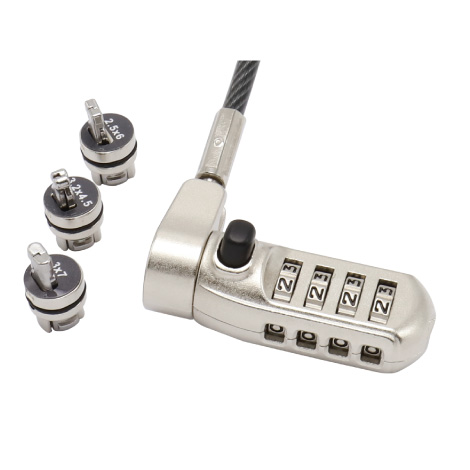


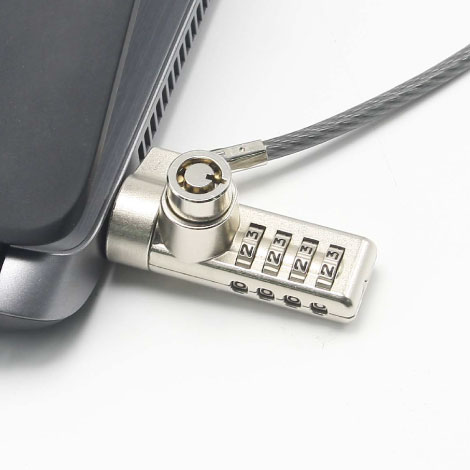
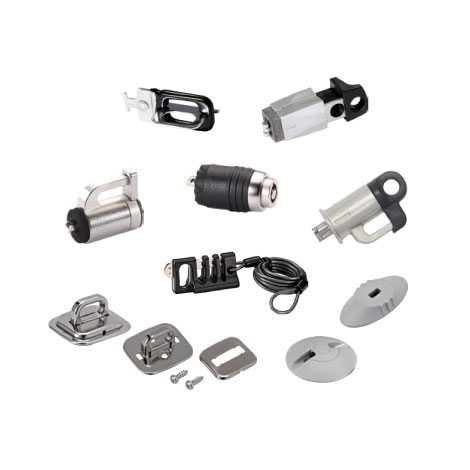


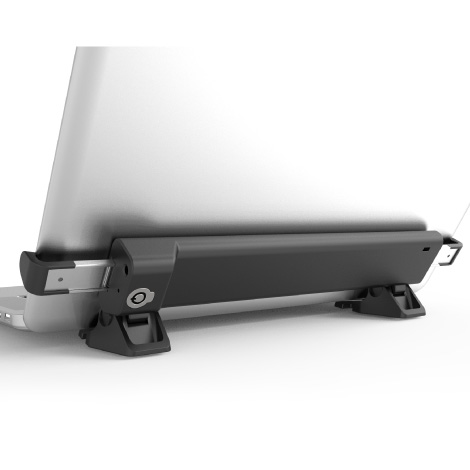




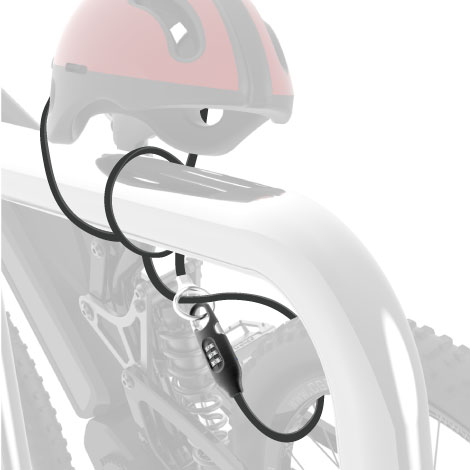
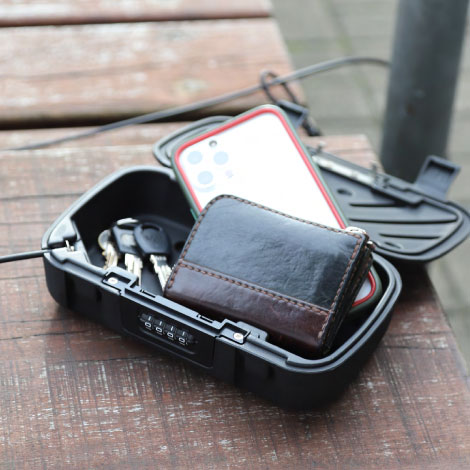
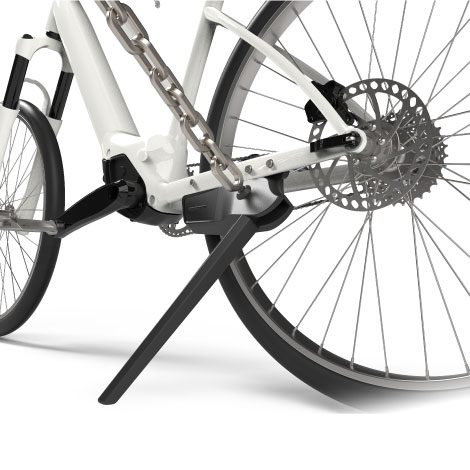
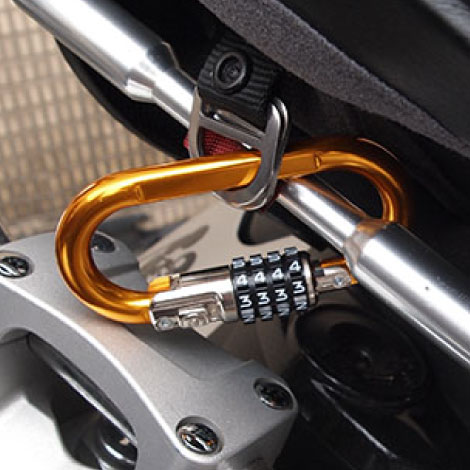

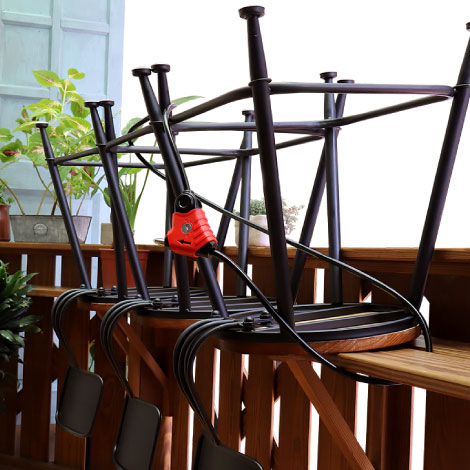
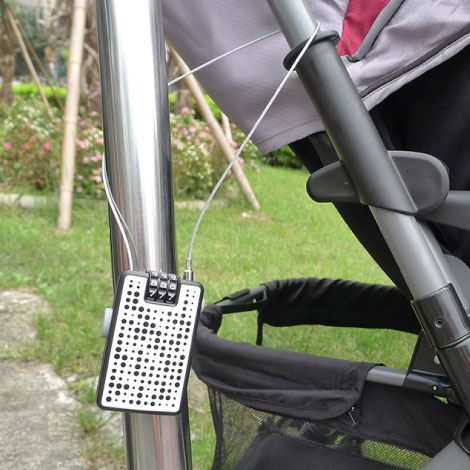
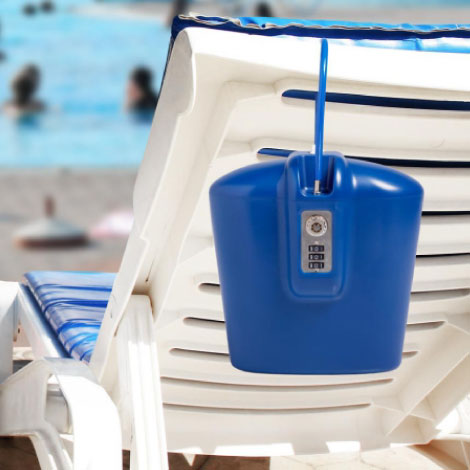



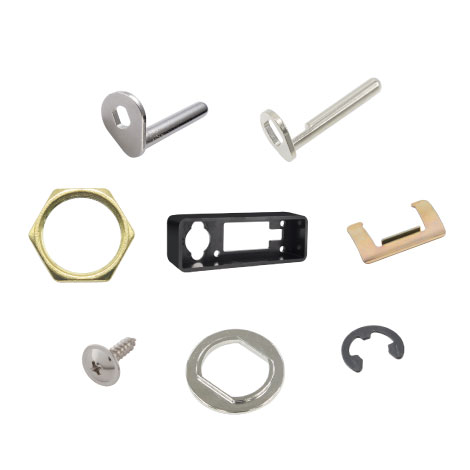

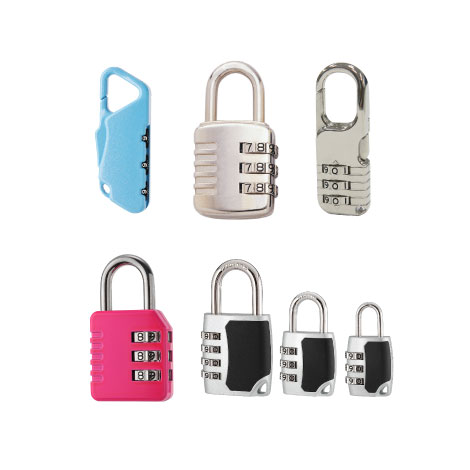

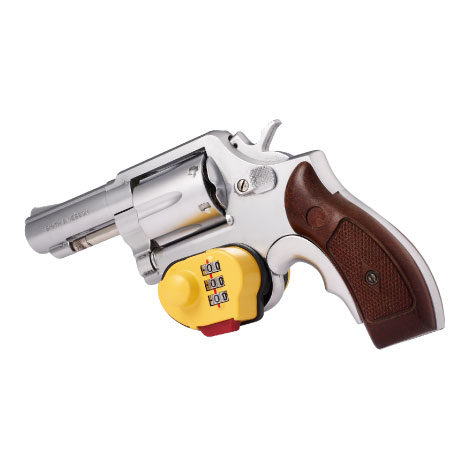

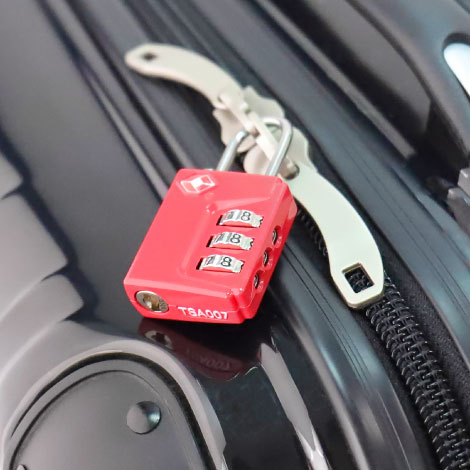
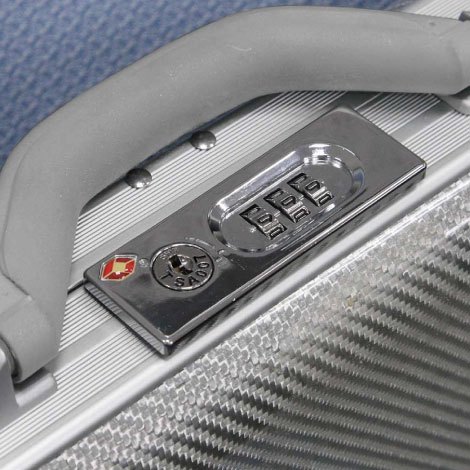
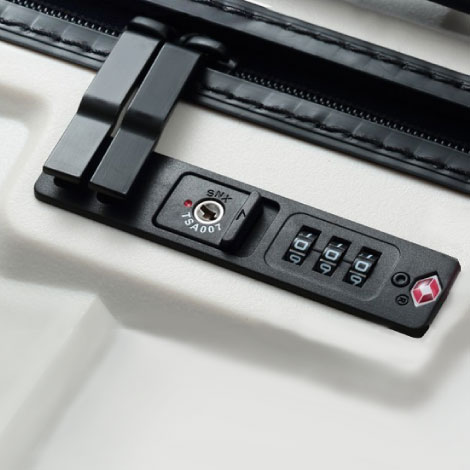

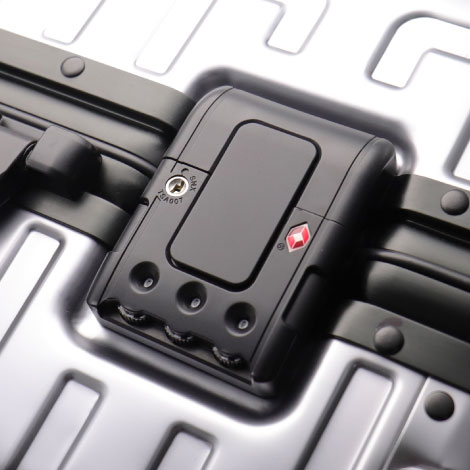




 English
English 繁體中文
繁體中文 简体中文
简体中文